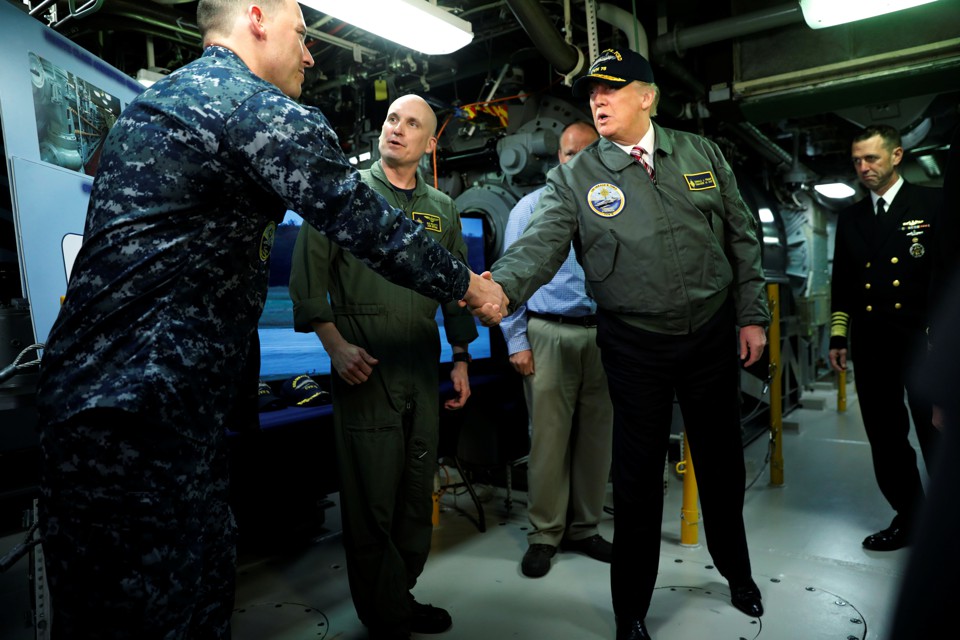By Jay Ogilvy
 Contributor Perspectives offer insight, analysis and commentary from Stratfor’s Board of Contributors and guest contributors who are distinguished leaders in their fields of expertise.
Contributor Perspectives offer insight, analysis and commentary from Stratfor’s Board of Contributors and guest contributors who are distinguished leaders in their fields of expertise.
What must Angela Merkel be thinking? What must Xi Jinping be thinking? What must Vladimir Putin be thinking?
In the wake of America's withdrawal from both the Trans-Pacific Partnership (TPP) trade agreement and the Paris Accord on climate change, to say nothing of Washington's alienation of NATO allies, there lurks a mix of fear, bafflement, anger… and opportunity. Isn't there a little more room on the world stage now that one of its major players has shuffled off into the wings?
Merkel announced to a beer hall rally, "The times when we could completely rely on others are, to an extent, over." With the United States out of the TPP, the influence of Xi's China in Asia and across the globe can only increase. As for Putin, as former Chairman of the House Intelligence Committee Mike Rogers put it on CNN when another commentator suggested they would be "giggling" in the Kremlin, "I don't think they're giggling. I think they are consuming large volumes of vodka in celebration," over Trump's troubles with a special prosecutor.
So how are the great powers going to seize this opportunity? And how will lesser powers adapt to a new geopolitical regime? These are not just questions about trade blocs like NAFTA, the European Union and the TPP; these are questions about how we human beings relate to one another.

















